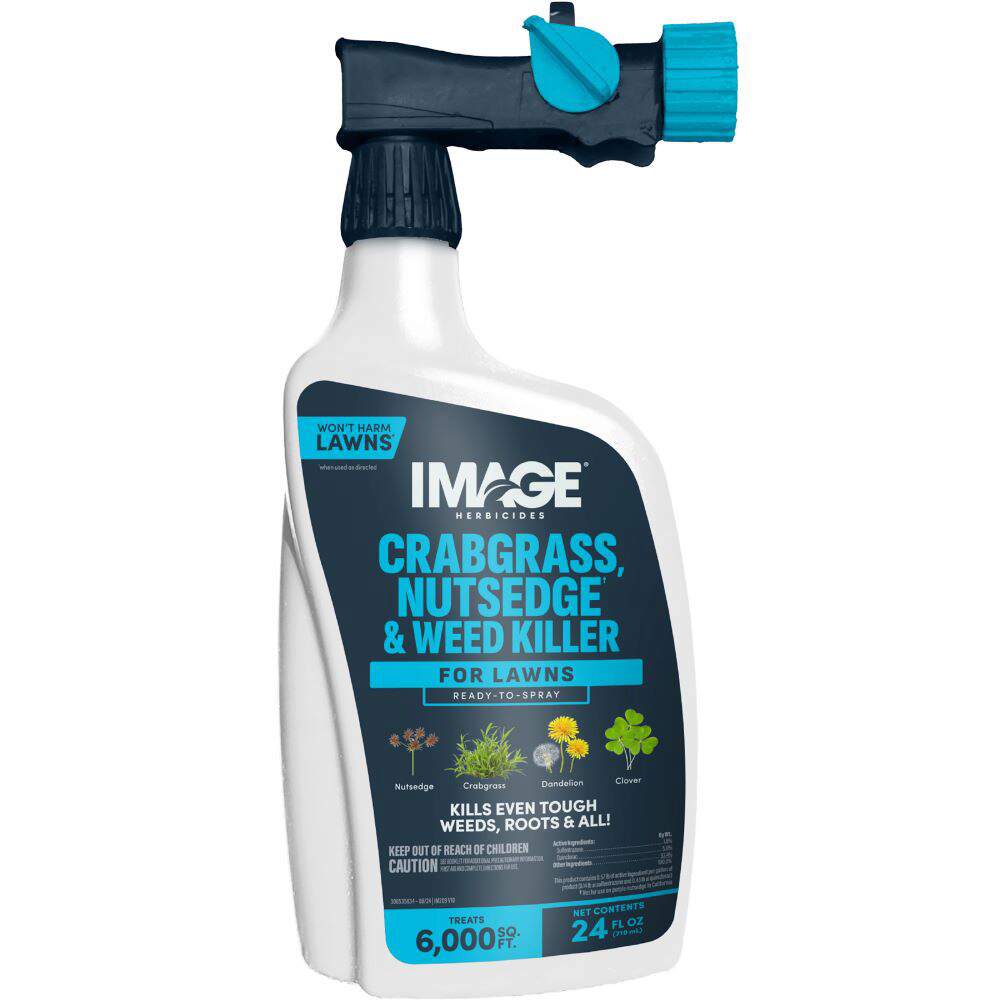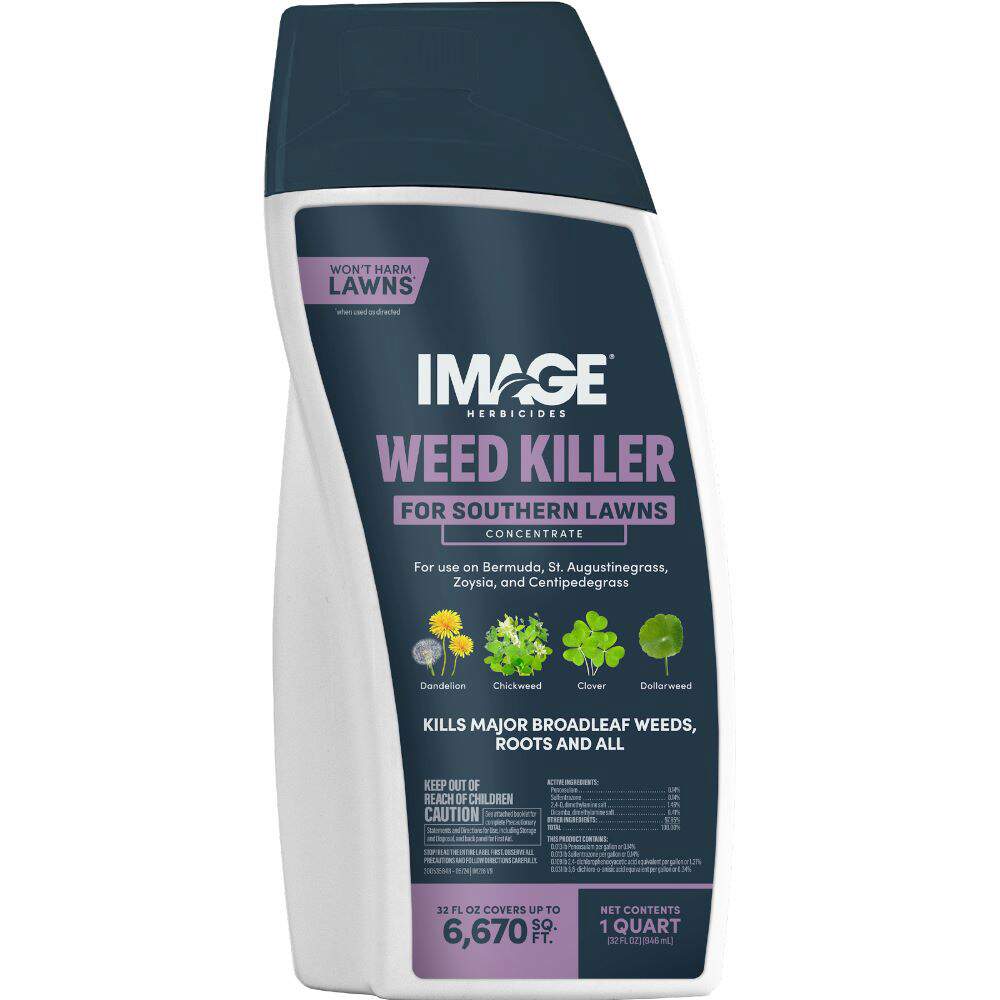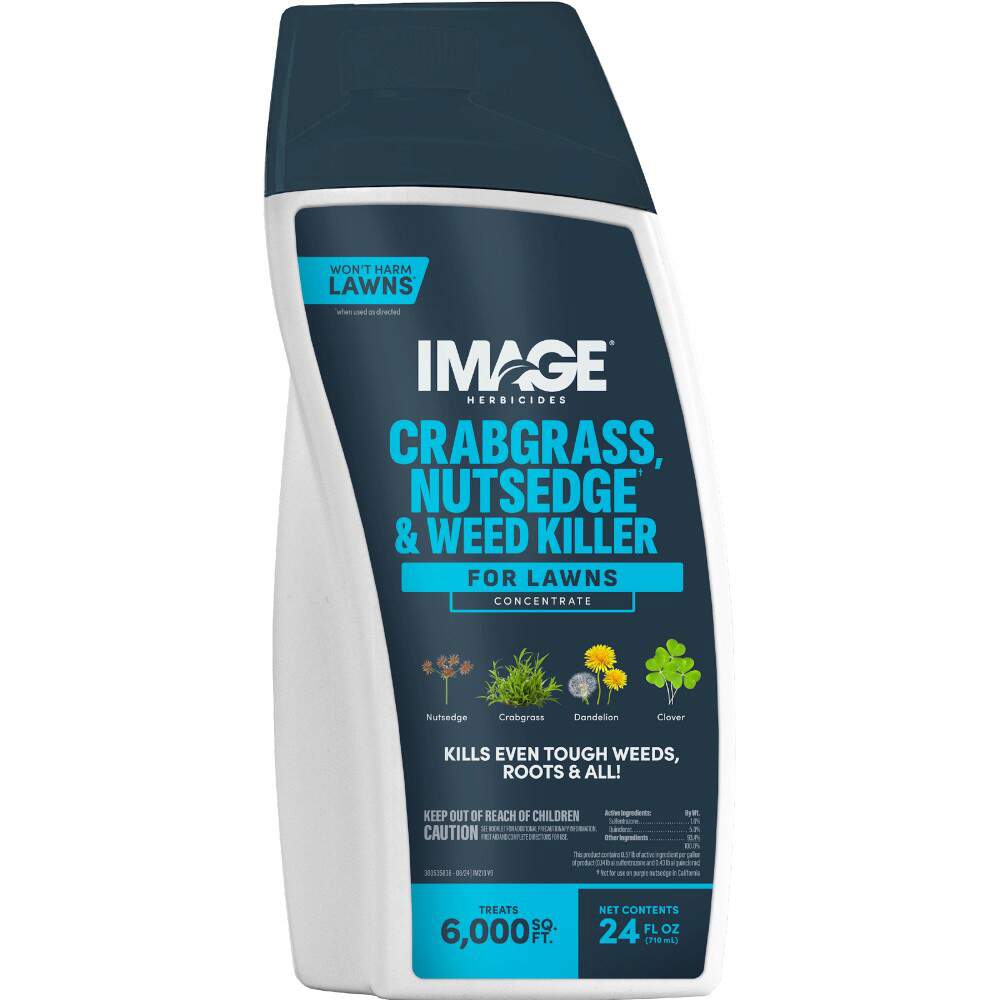HOW TO IDENTIFY BINDWEED
More than one passerby has mistaken bindweed flowers for morning glories. This perennial weed trails and twines across the ground, clambering up fenceposts and plants as its vines grow up to 6 feet long. White funnel-shaped flowers, tinged with pink or pale purple, line the vines and measure up to 1 inch long and wide. Each flower lasts a single day, but bindweed blooms from spring through fall.
Field bindweed leaves look like arrowheads, with pointed tips and lobes at their base. The smooth-edged leaves measure up to 2 inches long and may carry fine hairs or be smooth. Similarly, the slender vining stems may appear with or without fine hairs.
With an extensive root system of underground rhizomes and twisting, deep-reaching roots, bindweed withstands harsh climates and springs back year after year. A primary taproot can reach up to 10 feet deep, while lateral roots may spread twice that length.
WHERE AND WHY BINDWEED GROWS
Except for Alaska, all U.S. states — even Hawaii — have bindweed. It typically grows in cultivated settings, such as agricultural fields, lawns and gardens. This weed prevails alongside roads, railways and other disturbed areas as well.
Field bindweed prefers rich, fertile, organic soils with moderate moisture. But this persistent weed can endure poor soil and long periods of drought. Bindweed often outcompetes landscape and garden plants for nutrients and water. Left unchecked, it can overwhelm ornamental plants with its twisting, twining stems — and cause gardeners added work.
HOW TO CONTROL BINDWEED
When treating bindweed or other lawn weeds, always read product labels and make sure the label lists your grass type. Some lawn grasses are sensitive to herbicides, so always check labels before you apply herbicides. Only treat established lawn grasses, not newly seeded areas. For best results, treat bindweed whenever small, new plants emerge.
IMAGE Herbicides offer several highly effective liquid products to kill or control bindweed:
- IMAGE Herbicides Crabgrass, Nutsedge & Weed Killer for Lawns, available in Ready-to-Spray and Concentrate forms, is a selective, post-emergent weed killer that starts working on contact to kill bindweed to the root. This product can be used on most cool-season and warm-season lawn grasses, but avoid applications to St. Augustine grass lawns.
- IMAGE Herbicides Crabgrass & Weed Killer for Lawns, available in Ready-to-Spray or Concentrate products, kills even the tough weeds — roots and all. For best results, apply this selective, post-emergent herbicide when soil is moist and bindweed is young and actively growing.
- IMAGE Herbicides Weed Killer for Southern Lawns, available in Ready-to-Spray or Concentrate formulas, starts working immediately to kill bindweed and other tough listed broadleaf weeds down to the roots. You'll see results in hours with this fast-acting post-emergent herbicide.
Bindweed Control Tip: Bindweed returns annually from untreated roots and rhizomes. But it also produces seeds that can germinate all summer — and stay viable in soil for 20 years. So don't delay treatment. Treat bindweed plants when they're young, before they flower and set seed.
If you're looking for a granular option for post-emergent weed control, Pennington Full Season Weed & Feed 25-0-8 controls bindweed and feeds your lawn.
Always read product labels thoroughly and follow instructions, including guidelines for lawn grasses, frequency of applications and seasonal maximums that may apply.
BINDWEED GALLERY
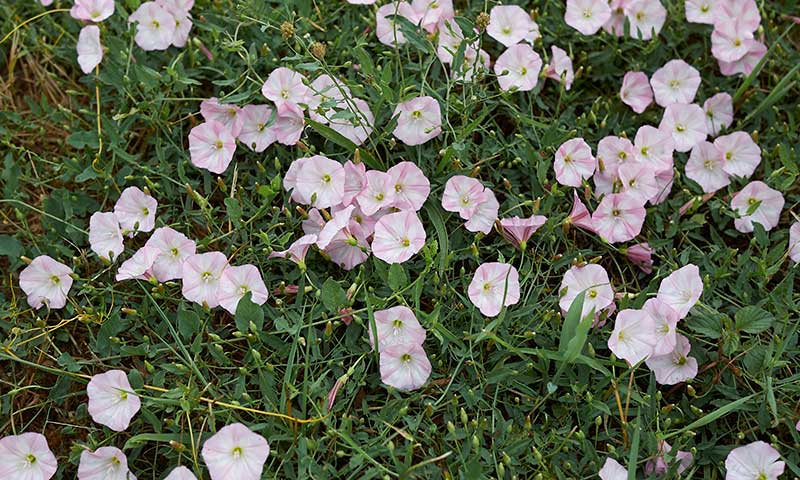
Bindweed Patch
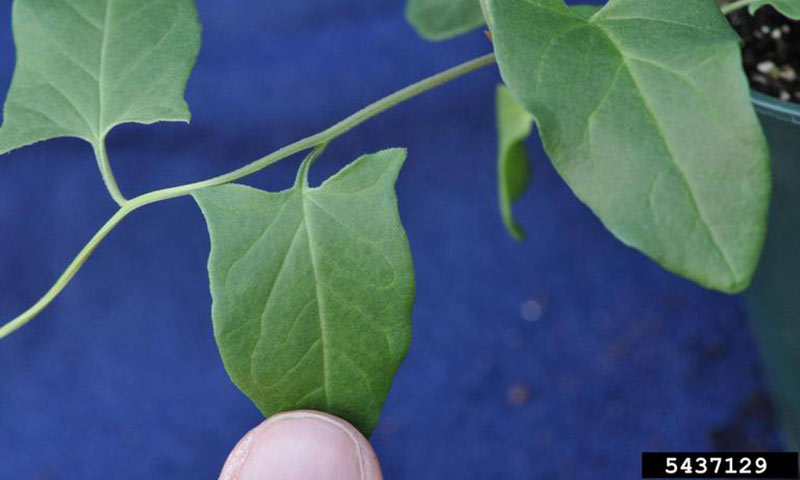
Bindweed Vines
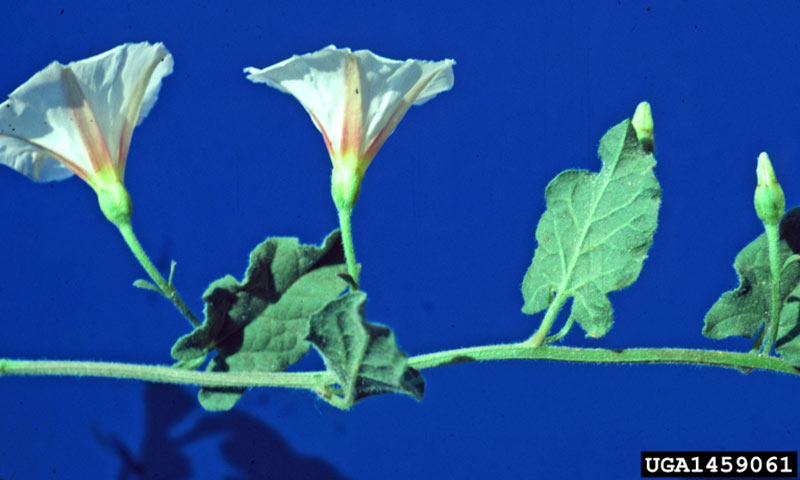
Bindweed Flower and Stems
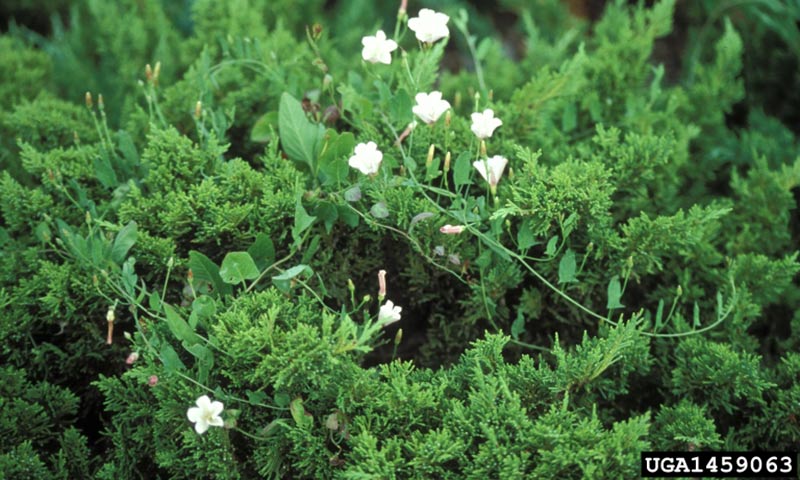
Bindweed Infestation
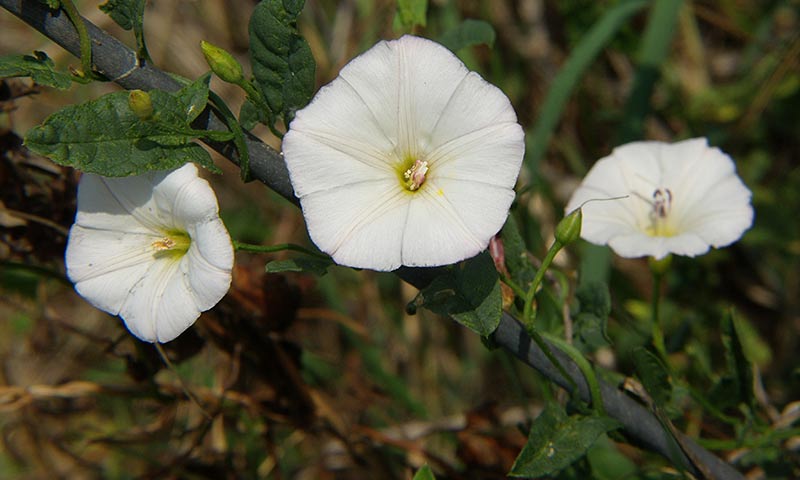
Bindweed Vining
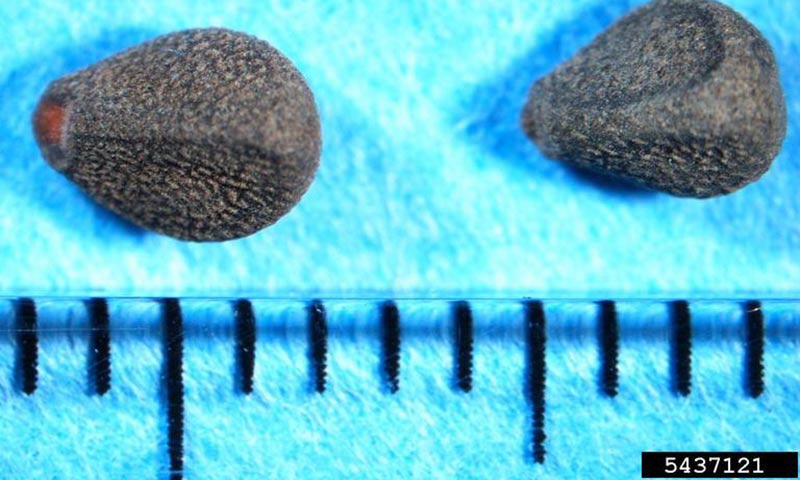
Bindweed Seeds

